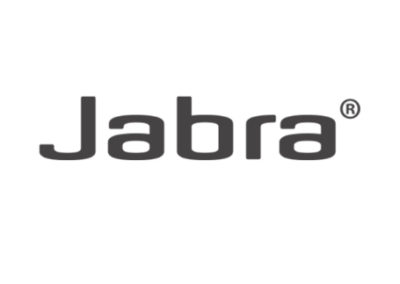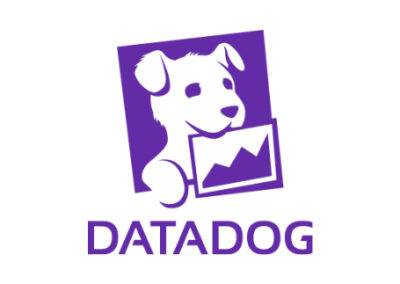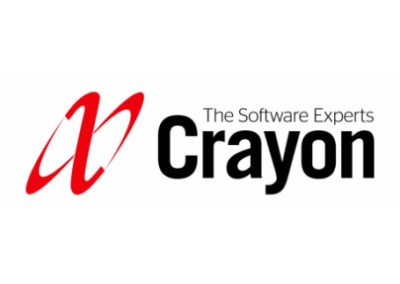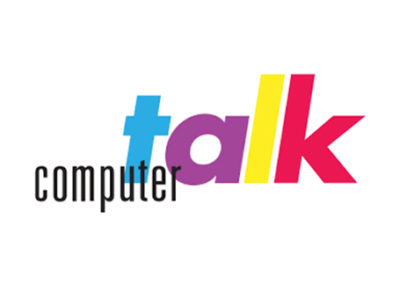
T2M Works is a different type of cloud migration partner when compared to the big box vendors. Our cloud engineers address our clients’ needs to combine the capabilities of a cloud infrastructure with the expertise in system integration and personalized ongoing support needed to make that infrastructure work. Our operational framework uses all these elements to create the maximum benefit and return on investment (ROI) for our clients. Our engineers are a critical part of what makes us different from other partners.
Overview
T2M Works cloud engineers are fully certified professionals who are highly experienced with both Microsoft Azure and Amazon Web Services (AWS) cloud solutions. They’re your answer if you’re looking for engineers who understand the challenges of moving to the cloud and will be there for you over the long term.
Our cloud engineering experts have earned a reputation for superior engineering and delivery excellence that has been field-tested in multiple engagements. Clients choose T2M because of our superior support philosophy that leverages the expertise of our engineers. They will remove the confusion that typically accompanies a cloud migration project and clear the path forward allowing customers to realize the possibilities of the cloud.
T2M Works uses a structured methodology consisting of multiple phases that we perform in sequential order. Clients must approve the plan for each phase before we proceed to ensure we maintain a methodical approach, which is where we really provide our value. Our project management office facilitates this process by ensuring the project runs on time and maintains the required scope. Not only our engineers, but everyone associated with the project must, therefore, maintain excellence throughout its course.
What services does a cloud engineer provide?
Cloud engineers are experts in supporting users in their journey to the cloud with a variety of services, including assessment, migration, and modernization. These solutions address the company’s needs for both planning and deployment.
Initiation
The initiation phase of our cloud migration process begins with internal steps such as assembling the project team, defining the project infrastructure, and reviewing the Statement of Work (SOW). We also generate a planning schedule and create a presentation to outline our concept of the project. Finally, we conduct a formal kickoff meeting with the client.
Planning
The planning phase includes the scheduling and commencement of regular meetings. We also conduct discovery of the customer’s environment to identify project risks. This step is critical in determining the customer’s business requirements and the fundamental business problem they’re trying to solve. The customer’s technical requirements and stakeholders’ priorities are also key factors to learn during discovery.
Documentation is a major part of the planning phase, which includes the development of deliverables. This step usually requires multiple interviews with customers to determine their critical requirements. We assemble all this information in a concise format, which will be a design or configuration document depending on the engagement.
Configuration planning tends to dominate for cloud-based solutions. The planning phase is, therefore, more about how we’re going to configure the cloud entity to meet the user’s requirements. Design is commonly associated with on-premises work. These projects use our Detailed Design Document (D3), which is our standardized design methodology.
The approval process is the same, regardless of the specific document we use on a project. We conduct joint team reviews, which often results in some customization prior to customer sign off. Once the customer approves the configuration and / or design, we can establish the baseline schedule for the project.
Implementation
The implementation of cloud migration projects generally consists of configuring the platform and testing those configurations. The specific components that need to be tested vary greatly by project, but they generally include the tenant and its application programming interfaces (APIs).
For voice services, we also test Session Initiation Protocol (SIP) trunks, which allow an end user’s Private Branch Exchange (PBX) or cloud-based collaboration platform to send and receive phone calls utilizing T2M Direct Routing.
Testing during the implementation phase includes functional validation testing, with thoroughly documented results. This type of testing ensures that the product has all the features and functions the user requires, such as call transfers, faxes, overhead paging, and any other required functions. Once we’ve completed validation testing, we provide the customer with documentation on what we tested and what the results are. The implementation phase ends with the scheduling of the deployment phase.
Deployment
The deployment phase includes the deployment of specific services such as voice services and the delivery of portal training to the designated customer resources. Once the project is running on the customer’s platform, we begin the second round of functional validation testing (FVT). This type of testing ensures the project is functioning in the production environment according to the user’s requirements.
Close
The close phase delivers the deployment to ongoing operations for steady-state maintenance.
T2M Works specializes in migrating our clients’ critical applications from an on-premises data center to the cloud. Our engineers have the expertise needed to integrate existing applications into a cloud platform and provide the continued support you need to fully realize the benefits of cloud infrastructure.
Contact us today to learn more about how we can help you with your cloud project.
Key Takeaways
T2M Works uses a structured methodology to migrate its clients to the cloud in a sequential manner. This process includes the following distinct phases, each of which requires the customer’s approval before moving to the next phase:
- Initiation
- Planning
- Implementation
- Deployment
- Close














